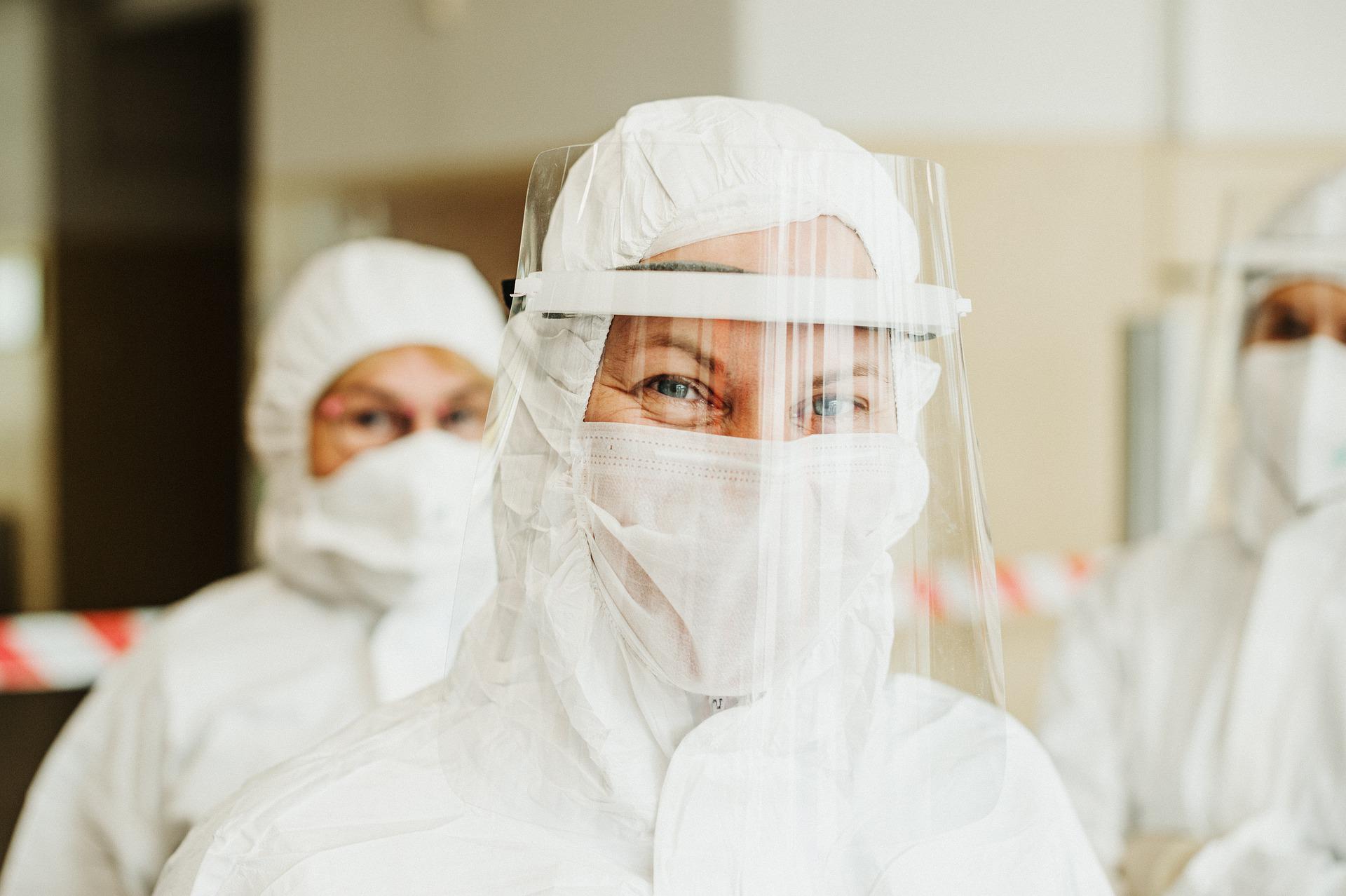
SaferWorldbyDesign COVID-19 Data Initiative
Data is the gold of scientific prospecting, whether supporting research publications in academia or product development in industry. Yet its preparation and subsequent re-use has often been left in the neglected corner of the unknown and unfindable. When the data explorer sets out to leverage such data for new purposes, they are often faced with several obstacles, from the search for the holy grail through to the discovery of difficult-to-use data. Incomplete poorly-annotated data can make it difficult to understand or worse error-prone. Missing metadata and harmonisation renders the data challenging if not impossible to re-use and integrate with new analysis.
In the current SARS-COV-2 pandemic, a lot of interesting data has been generated, collected, and published. A large number of articles and preprints have been published in a short period of time often accompanied by results, graphs, and tables. Yet often the preparation and publishing of quality scientific data has been lacking, blocking evaluation and further use. Consuming and aggregating multiple data sources has been time-consuming and non-trivial. In our SaferWorldbyDesign COVID-19 Data initiative, we offer the research community tools and support in preparing their data for publication and subsequent re-use. View Examples.
Over the past few years we have been spending a significant amount of time working with scientific programs in the EU to have a well-designed approach to organising the data of the program into a reliable and sustainable data infrastructure. We aim to not let the goal be tarnished or to lose it in that hidden away spreadsheet on some old hard disk, with the owner now long gone. Based on these endeavors and further product development based on functional programming, we have now reached the milestone of releasing a first public version of EdelweissData™.
We are providing free access, use, and support of EdelweissData™ to COVID-19 researchers to help them in their data preparation and publication of well-documented results. Data owners may upload their data and work on its preparation. Programmers may use the technical documentation to leverage the resource in their own programs. We hope our effort contributes to the goals of COVID-19 research and the development of solutions to solve this pandemic and the future ones coming.